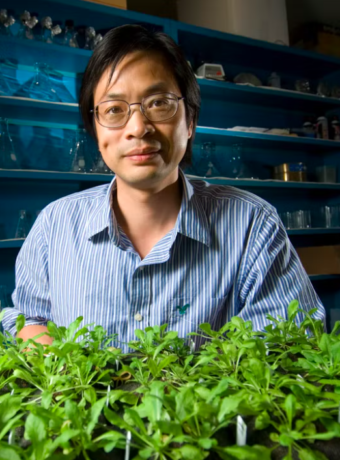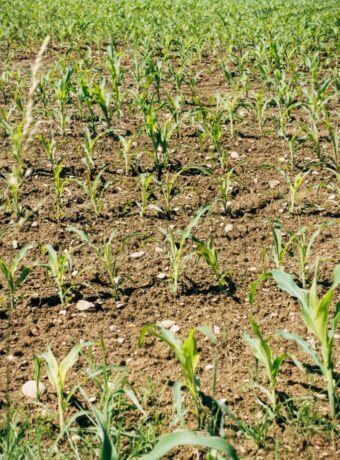This week’s ‘Global Food System Bite’ comes from an article titled What It Really Takes to Get Food to Your Plate.
Food miles are a measure of the distance food travels from the point of production to the point of consumption. While the concept of food miles is often used to assess the environmental impact of transportation, it is important to note that other factors, such as packaging and storage, can also contribute to the overall carbon footprint of food. In general, the further food has to travel, the higher its carbon footprint will be. However, there are exceptions to this rule. For example, locally produced food that is transported via airplane will have a higher carbon footprint than food that is shipped via boat from a distant country. Therefore, it is important to consider all aspects of food production when assessing its environmental impact.
A study published in Nature Food found that getting food from a field to our markets or even our plates creates more emissions than previously estimated, with food miles responsible for about 6% of all greenhouse gas emissions, making the associated emissions 3.5 to 7.5 times higher than prior calculations.
The study showed that the transportation and packaging of food is responsible for a significant amount of greenhouse gas emissions. The study found that the majority of these emissions come from long-distance transportation, such as shipping food from other countries. The study also found that the type of food transported makes a difference. For example, meat and dairy products are responsible for a higher proportion of emissions than fruits and vegetables. This is because meat and dairy products are more likely to be shipped long distances and require more packaging. The study’s findings underscore the need for more efficient food transportation and packaging methods.

Unsurprisingly, the bulk of those food mile emissions came from wealthy nations. In fact, these rich countries made up 52% of international food miles, which were associated with about 46% of the associated emissions, despite only housing about 12% of the world’s population. To calculate these emissions, the team analyzed data on 74 regions and countries. The findings suggest that measures to reduce international food miles could have a significant impact on reducing the environmental impact of the global food system.
“It’s not that we are showing that previous studies were wrong. We used a different approach to calculating emissions,” David Raubenheimer, a professor at the University of Sydney, told Earther. “[So] not only of the end point in food transport, but all of the processes that are associated with emissions. It’s more systems-wide approach.”
The researchers were surprised to learn that specific modes of transport were associated with higher or lower food mile emissions; “You think that the major culprit would be the long-distance food miles, which is international shipping of foods. And one of the surprising findings to us was that it contributed a relatively small percent… The biggest bit was contributed by local transport within countries, rather than between countries.”
And when they used a model that calculated emissions as if no country were importing food from abroad and only transporting that food internally, the overall emissions dropped by about 10%, he said.
Interestingly, while producing meat accounts for seven times the carbon emissions of vegetables, emissions from transporting the meat, which is the associated food miles, creates less emissions than when fruits and vegetables are transported.
“Global freight transport associated with vegetable and fruit consumption contributes 36% of food-miles emissions—almost twice the amount of greenhouse gases released during their production,” the researchers wrote in their study.

The reason for this, is likely the importation of out-of-season fruits and vegetables is for the year-round availability of produce consumers expect in supermarkets. This is possible due to advances in refrigeration technology, which allows for perishable items to be kept at a consistent temperature during transit. While this has led to a more diverse selection of produce being available to consumers, it has also had some negative impacts. For example, the reliance on imported fruits and vegetables has made the agricultural industry in many countries less competitive, and the long supply chains associated with imports have made the food system more vulnerable to disruptions.
The researchers say that producing and eating less meat does help lower overall food-associated emissions, but as well as that our food systems must also become more local. “[We should be] focusing more on seasonally available fruits and vegetables than trying to get things out of season,” he said. “The more local, the better.”



